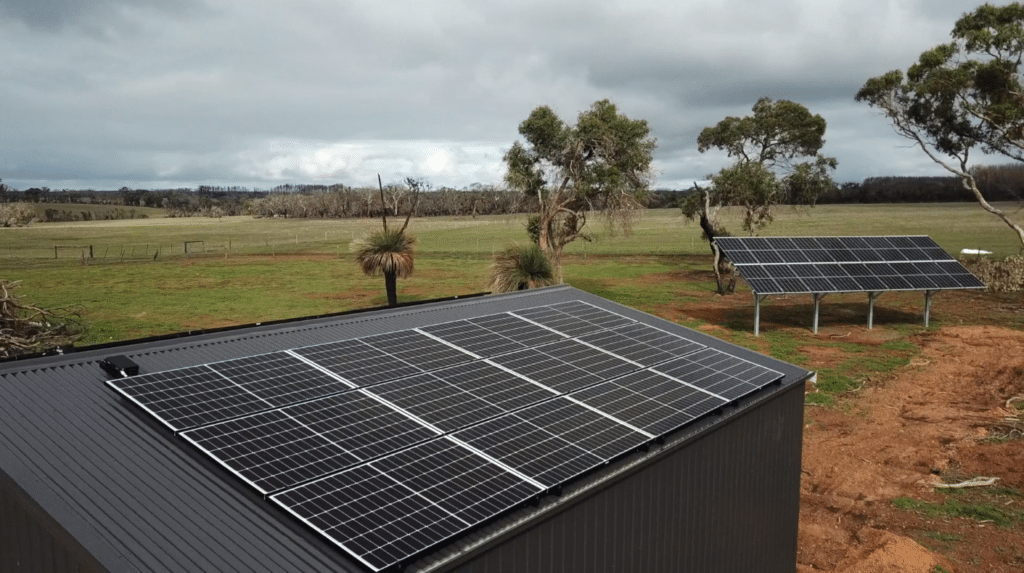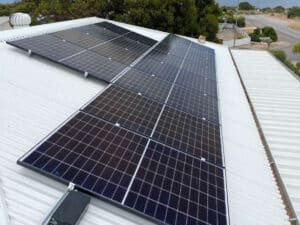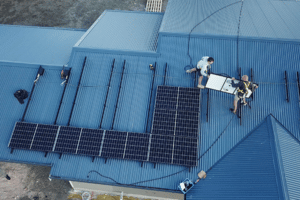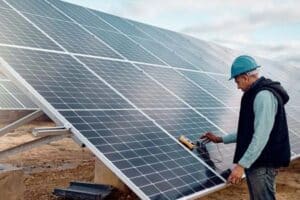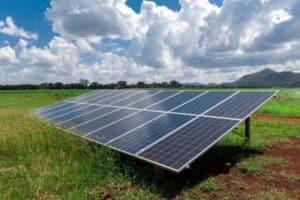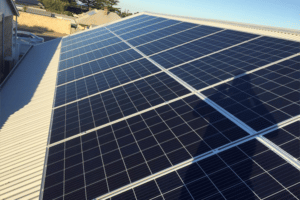As the world continues to focus on renewable energy, solar power is at the forefront of clean energy solutions. With rapid advancements in technology and decreasing costs, solar energy is becoming more accessible and widespread. In this article, we’ll explore some of the key trends and predictions for the future of solar energy.
Advancements in Solar Panel Efficiency
Solar panel efficiency has been steadily increasing over the years, and this trend is expected to continue. With research and development efforts focused on creating more efficient solar cells, we can expect solar panels to capture more sunlight and convert it into electricity more effectively. This increased efficiency will make solar energy an even more attractive option for homeowners and businesses.
Decreasing Costs of Solar Systems
One of the most significant barriers to solar adoption has been the upfront cost of solar systems. However, with the continuous drop in the price of solar panels and other system components, solar power is becoming more affordable for the average consumer. As costs continue to decrease, solar energy will be more accessible to a wider range of people, leading to increased adoption rates.
The Rise of Solar Batteries
Solar batteries have been gaining popularity as they allow homeowners to store excess solar energy produced during the day for use at night or during power outages. The future of solar energy will likely see further advancements in solar battery technology, making them more efficient and affordable. This will enable more households to become energy-independent and less reliant on the grid. Learn more about solar batteries and their benefits.
Floating Solar Farms
As land availability becomes a challenge, floating solar farms have emerged as an innovative solution. These solar installations are built on bodies of water, such as reservoirs and lakes, providing an alternative to land-based solar farms. Floating solar farms not only save valuable land space but also help reduce water evaporation and algae growth. This trend is expected to grow as more countries explore the potential of floating solar installations.
Solar-Powered Transportation
Solar energy is also making its way into the transportation sector. Solar-powered electric vehicles (EVs) are becoming more popular as the technology improves and prices drop. Additionally, solar-powered charging stations are being installed to support the growing number of EVs on the road. This shift towards solar-powered transportation will contribute to reducing greenhouse gas emissions and our reliance on fossil fuels.
Building-Integrated Photovoltaics (BIPV)
Building-integrated photovoltaics (BIPV) is an innovative approach to incorporating solar technology directly into building materials, such as windows and roof tiles. This seamless integration of solar panels into the architecture of a building allows for more efficient use of space and aesthetics. As the demand for sustainable buildings grows, BIPV is expected to become more prevalent in the future of solar energy.
Government Incentives and Policies
Governments around the world are implementing policies and incentives to encourage the adoption of solar energy. These incentives, such as tax credits, rebates, and feed-in tariffs, make solar power more attractive to both residential and commercial customers. As more governments adopt supportive policies, solar energy will continue to thrive.

Community Solar Projects
Community solar projects are becoming increasingly popular as they allow individuals and businesses to invest in and benefit from solar energy without installing their own solar panels. These shared solar installations provide clean energy to multiple participants and can be a more affordable option for those with limited space or resources. This trend is expected to grow as more people look for ways to support renewable energy initiatives.
The Growth of Microgrids
Microgrids are small-scale power grids that can operate independently from the main electrical grid. They often rely on renewable energy sources, such as solar power, to generate electricity. As more people and businesses seek to become energy independent, the use of microgrids is expected to increase. Microgrids can provide a reliable and sustainable source of energy for remote communities, disaster relief efforts, and more.
Solar Energy in Developing Countries
Solar energy is playing a crucial role in providing clean and affordable electricity to developing countries. In many parts of the world, access to electricity is still limited or non-existent. Solar energy can help bridge this gap by providing a cost-effective and sustainable solution. As solar technology becomes more affordable and accessible, we can expect to see increased adoption in developing countries, helping to improve the quality of life for millions of people.
Final Thoughts
The future of solar energy looks bright, with numerous trends and advancements shaping the industry. From increased efficiency and affordability to the growth of solar-powered transportation and microgrids, solar energy is becoming an integral part of our daily lives. By embracing these trends and supporting the shift towards renewable energy, we can help create a more sustainable future for generations to come.

